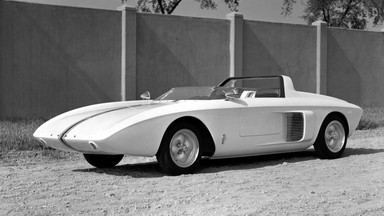Posted by KYTE on 14th Oct 2016
The First Wild Horse
Not many know that the original Mustang Ford rolled out was
quite a different beast from America's favorite muscle car.On October 7, 1962, the Mustang I was unveiled at the United
States Grand Prix
…

